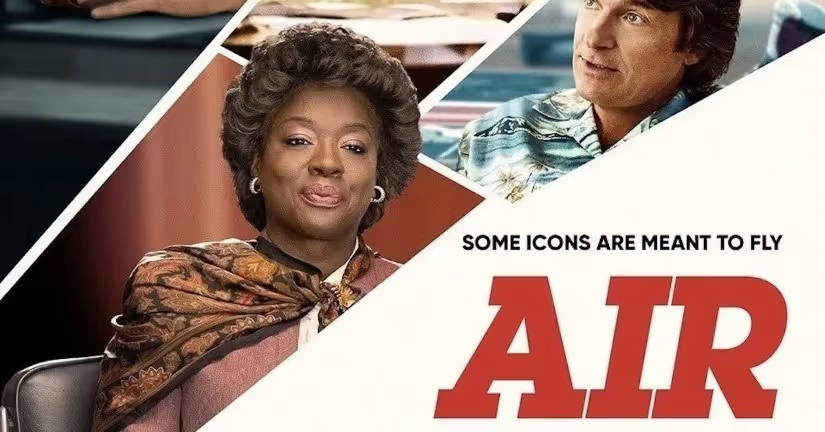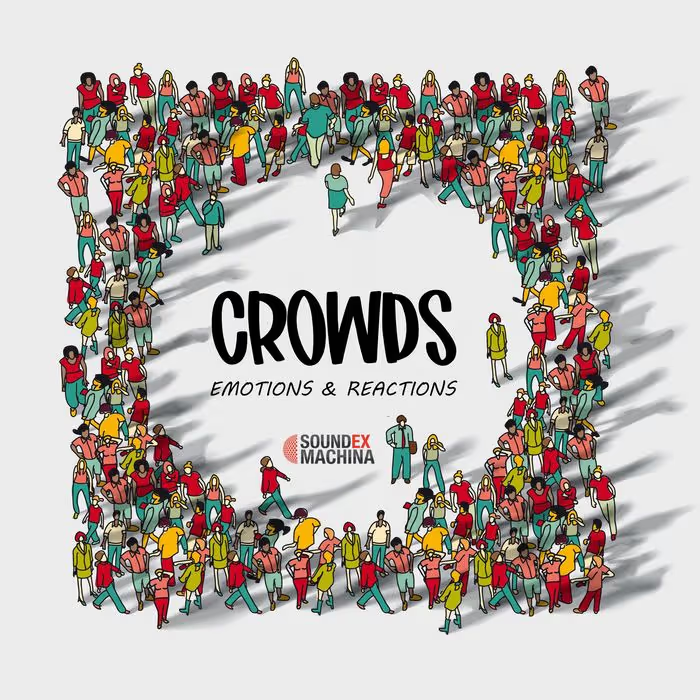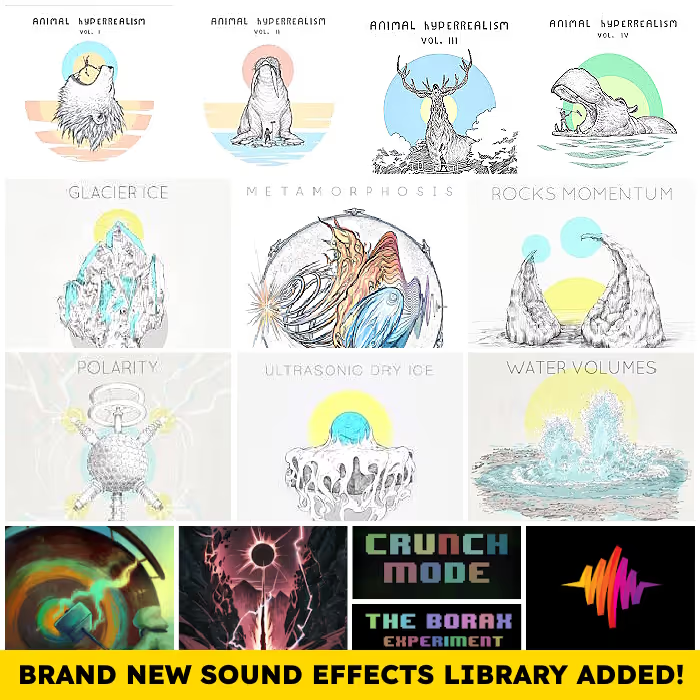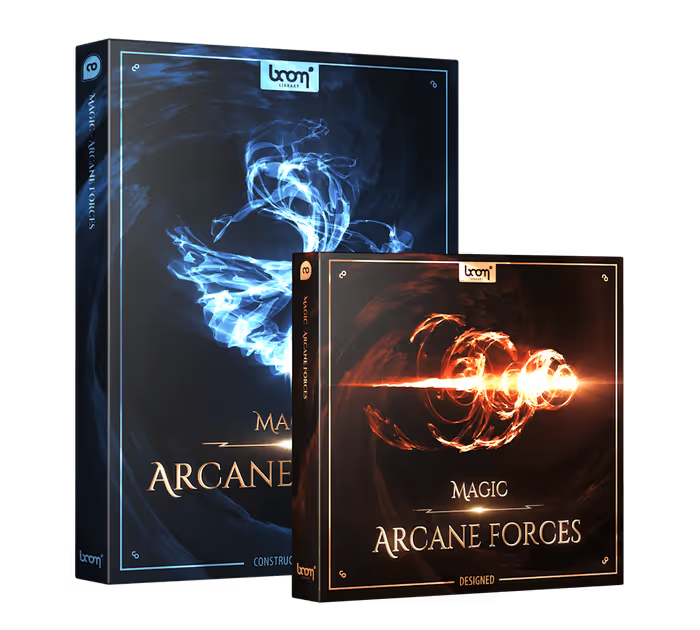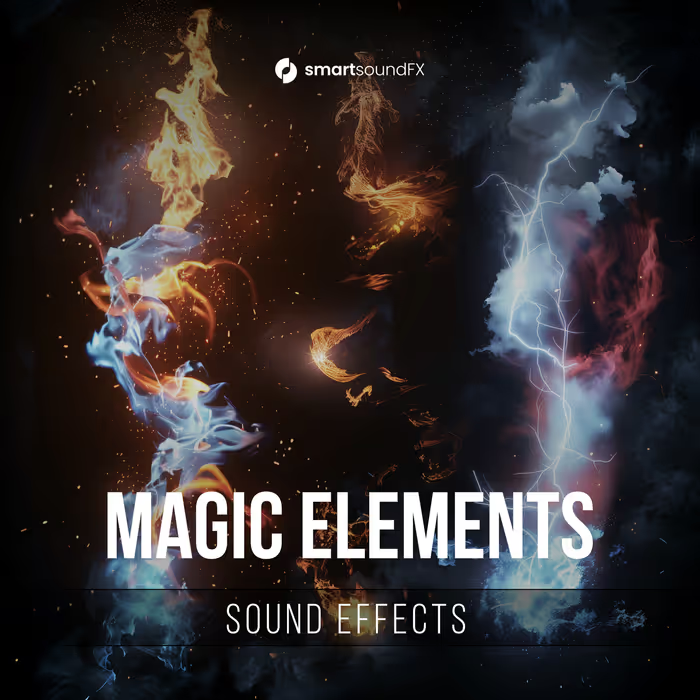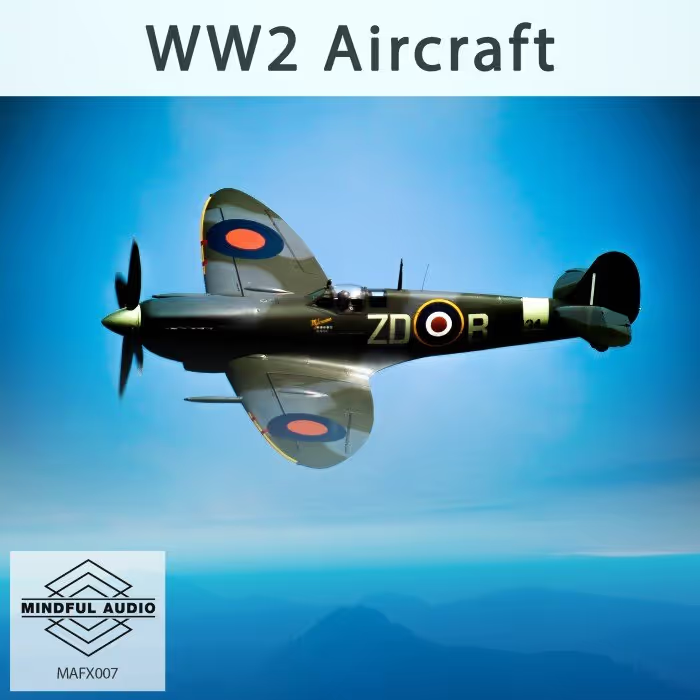Amazon Studios’ film AIR – directed by Ben Affleck – follows the story of Nike basketball talent scout Sonny Vaccaro, who is tasked with finding the next big athlete to be the face of a new basketball shoeline. Sonny spots rookie Michael Jordan, and decides to bet everything on this rising star. The rest, as they say, is history.
The biographical sports drama is set in 1984 and supervising sound editors Ai-Ling Lee and Susan Dawes had to establish this era sonically. The challenge was to make that happen in the offices and boardrooms where the film mostly unfolds. What does a bustling ’80s office environment sound like?
4x-Oscar nom’d Lee (also re-recording mixer on the film) used the sound of dot-matrix printers, push-button phones with metal bell ringers, old computers, and tactile keyboards to set up a world that sounds ‘unpolished’ for the lower-level employees and more refined for the executive offices, with electronic telephones and a generally calmer ambience.
For Dawes, who mainly handled the dialogue and ADR, her challenge was to retain as much production dialogue as possible – including the ‘live’ phone conversations – because the energy of the on-set performances was incredible. She also had to create a believable voice for young Jordan. For this, she turned to Altered Studio, who developed an AI voice clone model using interviews with Jordan early on in his career.
Here, Lee and Dawes also talk about creating the frantic feeling of a Las Vegas casino, the distinctive sound of 7-Eleven (complete with Slurpee machines), and more!
AIR | Official Trailer
What were dir. Ben Affleck’s goals for sound on AIR ? How did he want to use sound to help tell this story?
Ai-Ling Lee (AL): Because it’s set in mostly 1984, Ben and picture editor William Goldenberg wanted us to use sounds whenever possible to help establish this period. Ben also wanted the overall soundscape to not be overly pristine. It should sound unpolished, like an audio version of a crappy ’80s VHS tape.
It should sound unpolished, like an audio version of a crappy ’80s VHS tape.
The biggest part of the movie is the script – the dialogue and the pacing of the performances established with the picture edit. So for us, the sound mostly supports the story, the period, and the locations. We needed to keep up the energy, especially in some of these phone conversations, so it doesn’t feel like it’s just happening in a room.
Dialogue-wise, Susan can speak for this dance, and the minimal use of ADR.
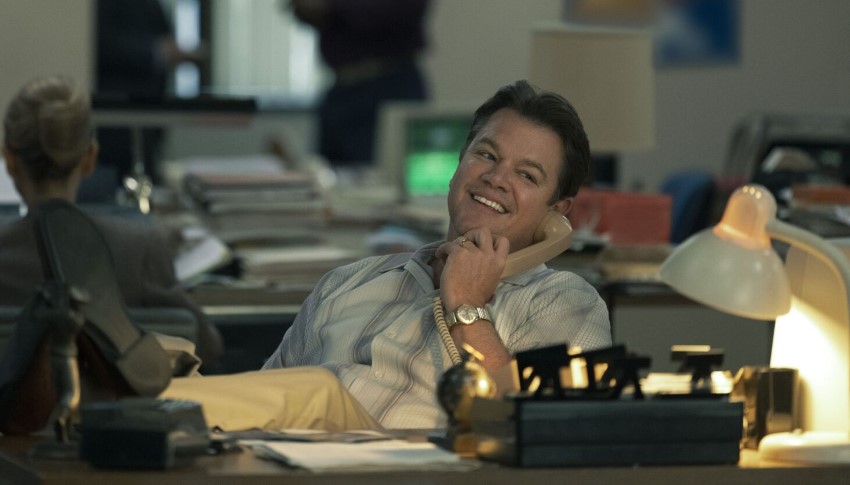
Susan Dawes (SD): Ben wanted to do no ADR. This was the directive given to our incredible production mixer Willie D. Burton, and to us, as well. That was the goal and we came pretty close.
Most directors want to keep the production sound as much as possible and keep that energy from the set in the final product. Willie did a fantastic job. We had a discussion with him early on, and he put lav mics on our actors most of the time. We were able to use those mics as needed.
The ADR that we did for the film was very minimal and only there for creative purposes, not for technical purposes. That’s rare. It was a good effort.

AIR is a biographical film and so the dialogue takes center stage. The story mainly unfolds in offices and conference rooms (and occasionally the bathroom). The on-set performances had so much energy in them, even the phone conversations…
SD: On this movie, they did something I haven’t seen before. The phone call scenes were actually recorded simultaneously. So let’s say there’s a call between David Falk and Sonny Vaccaro, who are in two different offices. The filmmakers shot those scenes simultaneously in the two locations with separate cameras and just rolled it. That allowed those performances to shine because there was such a natural flow to the conversation. You can hear the actor yelling through the phone, and their lines overlap each other. Sonny might be laughing while Falk is yelling at him.
The filmmakers shot those scenes simultaneously in the two locations with separate cameras…
Usually, you would record just one person on the phone and they’re responding to lines being read by the script supervisor or maybe the actor off-camera. But the way they filmed and recorded the phone calls simultaneously in AIR was key to keeping the energy in those phone call scenes.
…the way they filmed and recorded the phone calls simultaneously in ‘AIR’ was key to keeping the energy in those phone call scenes.
And every phone call in the movie is that way. There’s the scene when Sonny and Deloris Jordan (played by Viola Davis) are having their phone call at the end of the film, and you hear all that energy between the two characters in their performances.
Also, for the voice of young Michael Jordan in the film (he only speaks a few words), Ben felt that it needed to feel authentic. People want to hear young Michael Jordan, to believe that it’s Michael Jordan from 1984 who’s talking. So we worked with a company called Altered Studio, and they helped us create an AI voice clone model using recordings from interviews and archive material to achieve young Michael Jordan’s voice quality for the film in a way that felt very real and natural.

You did such a wonderful job of bringing this world to life – like in the convenience store, and at home with Sonny watching TV. Can you talk about finding sounds to use in the BGs and as hard effects, to help establish the sound of this time and place?
AL: Most of the sounds have been gathered for our sound library over the years. Some specific sounds, like the Slurpee machine and the handheld video game sounds, we recorded for this film.
There are some sounds in the off-screen ambiences and background activities that we tried to sneak in to help sell the period. For instance, at Sonny’s house, you hear his wall heater clicking away, and when he’s watching TV, we have the sound of a cathode ray tube TV buzzing. That buzzing grows as he focuses in on the TV ad, and comes to this realization that he could follow the example of the Arthur Ashe tennis racket and take the same approach for Michael Jordan and Nike. So as Sonny is focusing in on the idea, we play up some of the different layers of TV static buzzes to help sell it.
In addition to the Slurpee machine in 7-Eleven, we also snuck in the sounds of hot dog machines and the microwave in the background. There are voices and activity, and the cash register has ’80s electronic beeps/register tones.
…Ben wanted the sound to reflect what we see in the picture. So as they move from one part of the office to the next, we feel the sound move along with it.
Also, a lot is happening in the BGs at the offices at Nike headquarters. Sometimes we see people playing those vintage ’80s handheld games, so we sneak those in. There are a lot of long tracking shots of them walking through the offices and Ben wanted the sound to reflect what we see in the picture. So as they move from one part of the office to the next, we feel the sound move along with it. It’s not a generic bed of walla or activity. We had to find walla effects and loop group that punctuates the movement in these moments; they had to be shorter and specific. We used the sound of Xerox machines, paper cutters, typing on thicker-sounding keyboard, and dot matrix printers.

When we are downstairs in the basement with the shoe designer, there is more ’80s tech, like older computers with the classic sounds of floppy disks.
When they’re in Phil Knight’s office, you hear more sounds from the outside coming in, like vehicles and truck-bys. The mufflers back then were bigger and louder, more distinct. Ben thought about the windows back in the ’80s, how they were mostly single pane, and so you’d hear more sounds coming through the glass windows. But mainly, the upstairs environment sounds more pristine, more polite, and with higher quality electronics. For instance, the phone rings are all electronic.
…the upstairs environment sounds more pristine, more polite, and with higher quality electronics.
In contrast, the offices downstairs (on Sonny’s floor with more of the ‘worker bees’), have hand-me-down equipment. So all the phones are bell-ring phones. Even the projector used during the meeting when they’re going through all the possible basketball players to recruit to Nike, it’s a pretty classic projector sound that you’d hear in the ’80s. It’s a bit rattly and broken.
Ben wanted the office space downstairs to feel more hectic than the upstairs, to feel a bit more informal, and laid back. We did everything we could to help amp up the energy so that when it gets quiet in the intimate moments, we have somewhere to go.
SD: In terms of loop group, we also accentuated that difference. The Nike office, as Ai-Ling said, was more informal and sounded unproductive versus Falk’s sports agency, which sounds very slick and high-end. That was a place where all the workers sounded like they were on task and focused and high energy.
We do these little things to illustrate the differences and try to underpin the scenes with sound to help the storytelling.
We do these little things to illustrate the differences and try to underpin the scenes with sound to help the storytelling.
AL: In the opening, we’re introduced to Sonny, who’s attending a high school basketball game. After that, he goes to Las Vegas and to help sell that environment, we added the sounds of slot machines and jackpots, people betting and placing chips, and playing craps. The horse races are playing in the background. As Sonny is placing his sports bets, the cashier is keying them into the cash register, and it prints out a betting ticket.
So we have all those sounds that help to create an energetic vibe. You feel the energy of the room, of the space, and that was a little tricky in the mix because you have the licensed music (Violent Femmes “Blister in the Sun”) and his conversations with the lady at the register. You have the loop group walla of people placing bats and all the casino activities going on. It took a few tries of mixing just to decide when we would hear what sounds, so we could still hear the dialogue.

What are you most proud of in terms of your sound work on AIR?
AL: I know this sounds small, but every so often they cut to the ‘Nike Principles’ rule board in Phil Knight’s office, and Ben and Billy [William Goldenberg, picture editor] wanted to have a distinct sound every time it cuts to one of the rules. For instance, the first one is “9. It won’t be pretty.” The sound for that cut had to reflect Phil’s character. We had a lot of fun coming up with different alternates and versions.
Ultimately, we went a more spiritual route because Phil sometimes says Buddhist quotes. We used a Tibetan bowl or fingerbell. And since he can be a tough boss at times, we would layer that with the paper cutter slicing sound and an ’80s IBM electric typewriter sound. That helped add to those transition moments in the film.
At the end of the mix, when we played back the final movie for Ben, he was really happy. And that was a good feeling.
SD: I’m proud of the overall dialogue track and the fact that we were able to keep so much original dialogue from the set. Overall, having good-quality dialogue required a lot of work on a lot of fronts, and I’m very pleased with the way it turned out.
At the end of the mix, when we played back the final movie for Ben, he was really happy. And that was a good feeling.
AL: He had no notes. He walked away really happy. A huge part of what we do is help support the director’s vision. It means so much to us that after our final playback with Ben, he was so ecstatic. It made us really proud of our contribution to his film. What we do with the sound is a reflection of how well it’s written and directed, and how well the performances are put together and the pacing of Billy’s picture edit.
A big thanks to Ai-Ling Lee and Susan Dawes for giving us a behind-the-scenes look at the sound of AIR and to Jennifer Walden for the interview!

